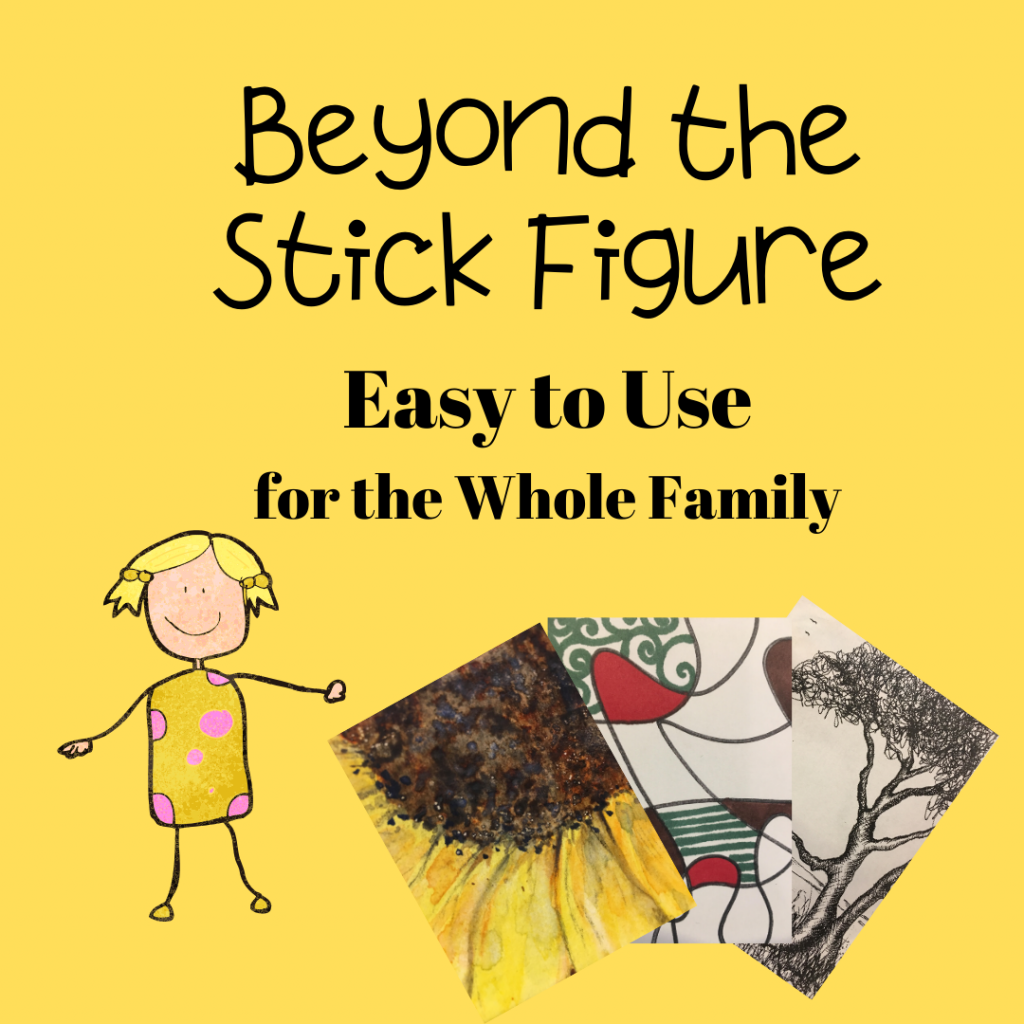What also makes The Young Explorer Series different than other textbooks is the fact that it is full of projects and experiments.
Don't these look so interesting? I can not wait to do all of these projects!
There are also many "Try This" blocks throughout the chapters.
Having all of these hands on projects really make learning more personal and the children will learn so much more when the learning is fun and they are looking forward to it!
In the Exploring Creation with Human Anatomy and Physiology series your child will learn all about the human body.
"Beginning with a brief history of medicine and a peek into cells and DNA, your students will voyage through fourteen lessons covering many subjects, such as the body systems: skeletal, muscular, respiratory, digestive, cardiovascular, nervous and more! They'll study nutrition and health, how God designed their immune system to protect them, along with embryology and what makes them a unique creation of God."
For the What Do You Remember, your kids can go tell daddy, brother or sister or anyone else all about what they learned. Telling someone else about something really helps the child to remember what they learned as well. It also gives you questions that you can ask your child and they can just answer them out loud to you.
The notebooking section gives you the option of making your own notebook or purchasing one of the jourmals that are made to go with the book. We have made our own many years back before there were these journal options. I highly recommend that you use the journals that go with the book. It is so much easier.
There are two journals that you can choose from.
There is the original notebooking journal. (grades 3/4 and up)
And there is a junior notebooking journal. (K through 2/3 grades)
The junior journal is for the younger student who has not quite mastered handwriting, or who can't write as much as an older student.
The journals are fairly similar. Both have notebooking pages.
Both have copywork pages in print and cursive. The Junior notebooking journal has less to write than the other one does.
Some of the activites and pages in the older journal are more complex and usually include more writing.
The younger journal also includes coloring pages.
The notebooks also include little mini books and other projects in the back of the journals.
Both journals have over 200 pages, not including the mini books in the back.
If you have more than one child, you can use the same textbook and each child can have their own level of notebook. This book and notebooks are aimed at the 6 to 13 age range. Depending on your child, you could use it with a little younger or older.
As I said before, we chose to do the first chapter because we wanted to do the experiment at the end of the first chapter.
We made Edible Cells out of candy and jello!
My three year old's kind of fell apart because he pushed all of the candy too hard down into the bowl. But he still did it and had fun doing so!
There is a list at the beginning of the text that shows you everything you will need for all of the projects in the book.
As I also mentioned before, I was also sent the MP3 Audio Book.
I wasn't sure if we would want to use this or not, or if it was necessary. Once I put it in a started listening to it, I knew that it was!
The Author, Jeannie Fulbright, reads the text herself. There is some nice music added in there, and her voice is very inviting.
If you have children that learn audibly, the audio book is a must have. I know a lot of people have trouble understanding what they are reading, but if they hear it, they understand.
Your child can listen to the audio book on its own, or they can follow along in their text as they listen to her read the text to them.
You could also listen to it in the car as a refresher or as another way to incorporate what they are learning.
Perhaps you have a younger child who can definitely understand, and wants to learn, but can't quite read well enough to read the whole text. They can still listen to the text and follow along and that will probably help in their learning to read!
I do think the MP3 Audio Book is as necessary as the other products in the line.
Doesn't all of this just look fun???
That is the best part of the Young Explorer Series. They make learning Fun.
I more than highly recommend these books for your science curriculum. I have been using Apologia for close to 10 years now and will use nothing else for our science curriculum.
If you have never heard of them, or have been interested in them, but you weren't quite sure if it was right for you, please check them out. I know you will love them!







































No comments:
Post a Comment